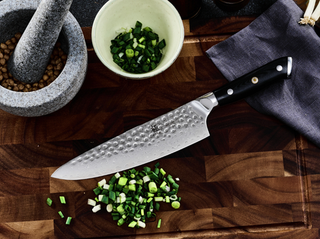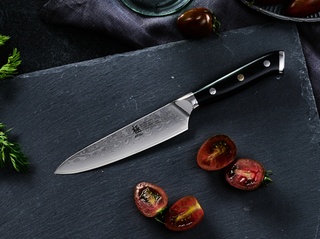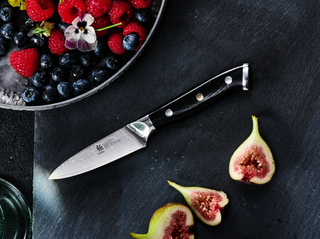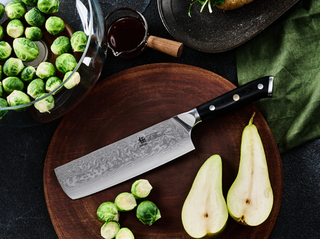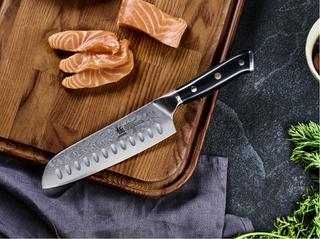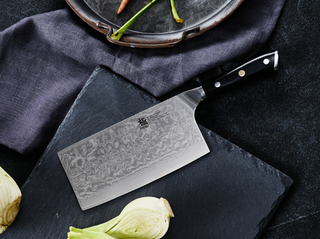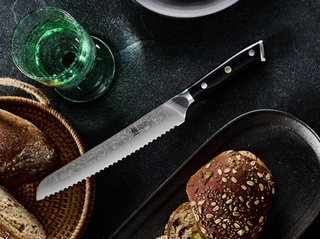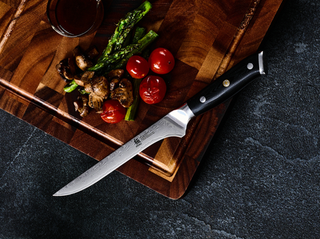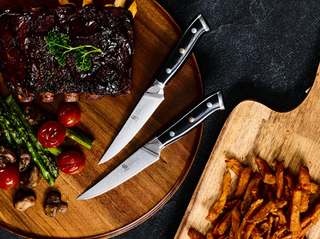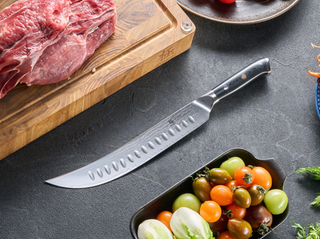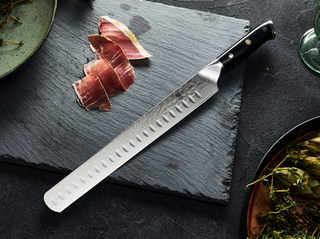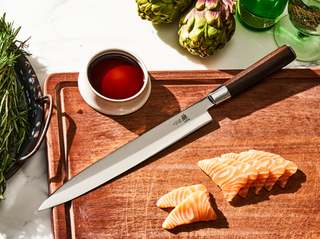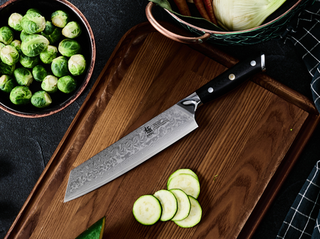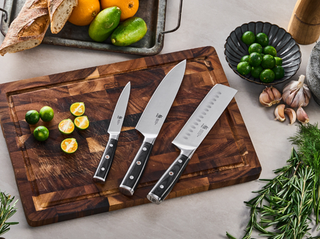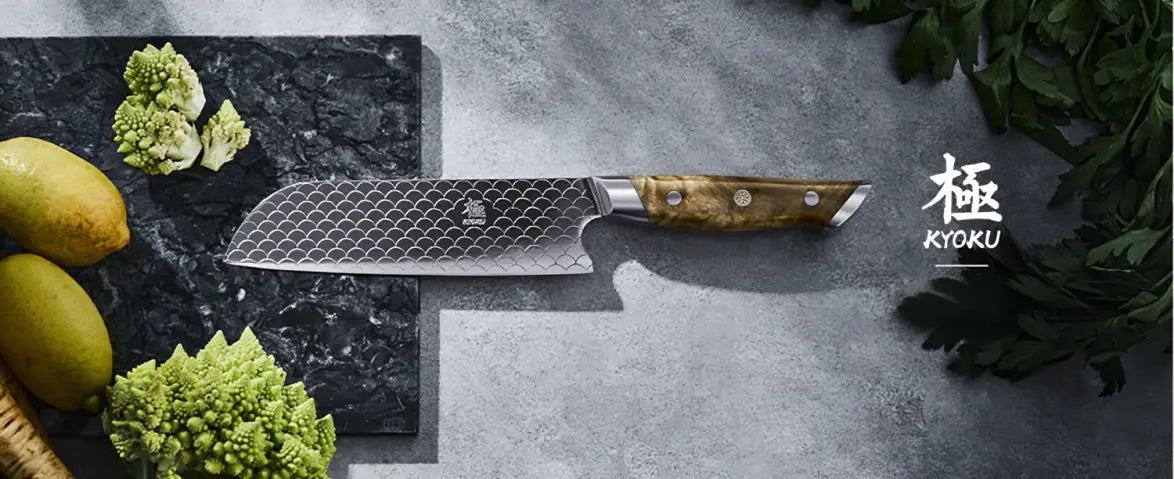Kitchen knives need regular oiling to stay in top condition. Between acidic foods, moisture, and constant use, they face daily challenges that can slowly damage the steel. This constant exposure makes proper oiling essential for protecting your knife.
Most home cooks know they should oil their knives, but figuring out which knife oil works best can be confusing. The right approach to knife oiling makes the difference between blades that last for years and those that quickly deteriorate.
1. The Science Behind Knife Oil
Knife steel needs protection from two main enemies: moisture and oxidation.
When water molecules settle on the blade surface, they slowly break down the metal structure through oxidation, leading to rust spots and degradation. Knife oil creates a physical barrier that prevents this damage.

Food grade mineral oil stands out as the clear choice for knife care because of its molecular stability. Unlike plant-based oils that can become rancid through oxidation, mineral oil maintains its protective properties over time. Its non-reactive nature also means it won't leave behind sticky residue or affect food taste.
Many home cooks reach for whatever oil is handy - cooking oils, WD-40, or multi-purpose lubricants.
The problem is that these alternatives each have significant drawbacks.
Cooking oils eventually turn rancid and become sticky. WD-40 contains solvents designed to cut through rust and grime, not protect metal long-term. And general-purpose lubricants often contain harmful additives that should never come near food preparation surfaces.
We also have a blog addressing in detail about what is food grade mineral oil. If you’re interested, click here to read more.
2. How to Oil a Knife Properly

Protecting your knife with mineral oil takes just a few minutes.
Begin with a completely dry blade - even small amounts of trapped moisture can lead to rust under the oil layer.
Apply a few drops of knife oil to a clean cloth, then wipe along the blade following the direction of the steel grain. The goal is a thin, even coating that provides protection without excess.
For wooden handles, knife oil plays an additional role.
Wood naturally responds to moisture changes in the air by expanding and contracting. Regular oiling helps stabilize this movement, preventing the handle from drying out and developing cracks that can harbor bacteria.
3. When to Oil Your Kitchen Knives
Professional kitchens oil their knives weekly because of heavy use, but home cooks can usually maintain their knives with monthly oiling.
The easiest way to check if your knife needs attention is to look at how water behaves on the blade - if water spreads out instead of beading up, it's time for fresh oil.
4. Common Mistakes When Oiling Knives
Many home cooks reach for cooking oils or general-purpose lubricants when oiling their knives.
This approach often backfires.
Cooking oils eventually turn rancid and create a sticky residue.
Multi-purpose oils might contain harmful additives that should never contact food preparation surfaces.
Proper knife oil, specifically food-grade mineral oil, avoids these issues entirely.
5. Long-Term Benefits of Proper Knife Oiling

Regular use of knife oil delivers multiple benefits beyond rust prevention.
The protective layer reduces friction during cutting, therefore helping maintain a sharp edge longer.
This means less frequent sharpening and extended blade life.
Many professional chefs report their properly oiled knives lasting over a decade without developing rust or requiring replacement.
6. Conclusion

Understanding how to oil a knife properly helps preserve both the blade and handle.
Those few minutes spent applying knife oil each month translate into years of reliable cutting performance.
Remember, consistent light applications protect your knives better than occasional heavy treatments. This simple maintenance routine keeps your knives ready for action while preventing the type of damage that can ruin even high-quality blades.
